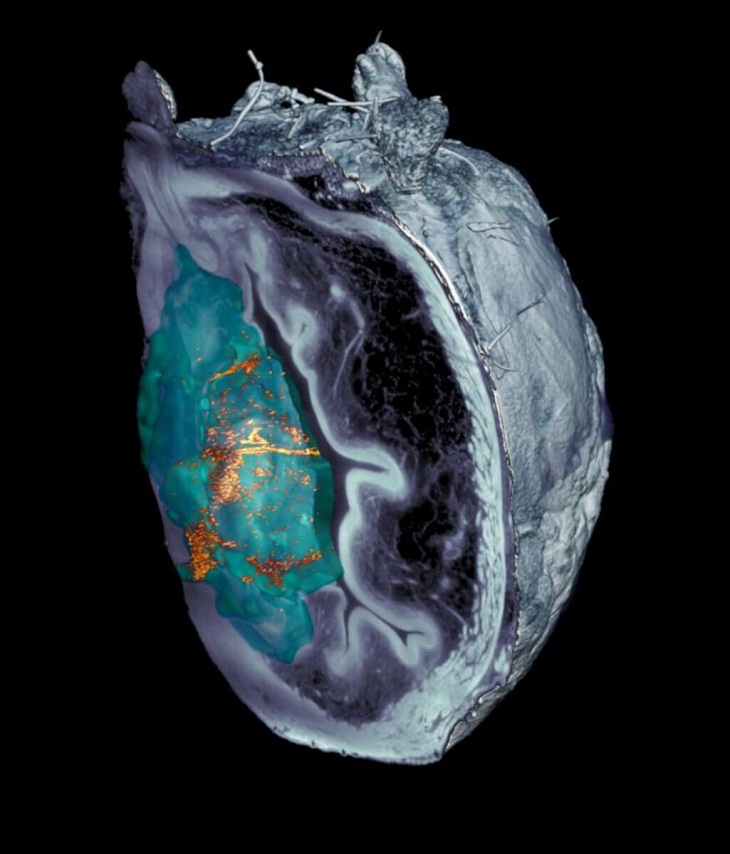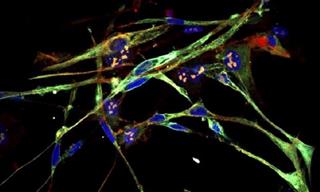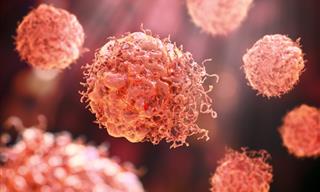Researchers have developed a novel way to treat bladder cancer. A team of international researchers achieved 90% shrinkage of bladder cancers with just one dose of self-propelled nanorobots.
Bladder cancer, a major worldwide health concern and the fourth most prevalent malignancy in males, could see a huge increase in treatment efficiency thanks to this novel approach.

Transmission electron microscopy image of the nanorobots. (Image credit: IBEC Barcelona)
Treatments for non-muscle-invasive bladder cancer, which accounts for around 75% of cases, involve infusing immunotherapeutic and/or chemotherapeutic medicines into the bladder following tumor excision. Despite having favorable survival rates, their effectiveness is limited, as evidenced by recurrence rates of 30% to 70% after five years. This necessitates regular and costly bladder monitoring procedures (cystoscopy) and possibly extra treatments for patients.
Researchers from the Institute for Research in Biomedicine (IRB) Barcelona, in collaboration with the Institute for Bioengineering of Catalonia (IBEC), CIC biomaGUNE, and the Autonomous University of Barcelona (UAB), are working to improve the effectiveness of bladder cancer treatment. Their coordinated efforts have resulted in the development of self-propelled nanobots that are strategically designed to converge on the tumor site and deliver tailored cancer treatment.
The nanorobots, which are essentially small machines, are driven by urea, a substance found in urine. These nanomachines are made up of a silica sphere containing many components, including the enzyme urease and radioactive iodine. Urease combines with urea to push the nanorobot, while radioactive iodine treats the tumor.
The researchers injected urease-powered nanobots into the bladders of mouse models with bladder cancer, using positron emission tomography (PET) scans to illustrate the targeted accumulation of the bots at the tumor site. Using a stereomicroscope developed by researchers at the IRB Barcelona, the nanobots were demonstrated to be capable of efficiently invading tumors. The administration of iodine-131 by the nanobots at the tumor site led to an astonishing, nearly 90% reduction in tumor volume.
 \
\
Accumulation of nanorobots in the tumor visualized by microscopy. (Image credit: IRB Barcelona)
“With a single dose, we observed a 90% decrease in tumor volume,” said Samuel Sánchez, one of the study’s corresponding authors. “This is significantly more efficient than current treatments, given that patients with this type of tumor typically have between six and 14 hospital appointments. This therapeutic approach would increase efficiency by reducing the length of hospitalizations and the cost of treatment.”
The novel treatment will pave the way for more effective treatment of bladder cancer in the future. Trying to figure out whether the tumors will recur after treatment is the next step for the researchers.
The study was published in the journal Nature Nanotechnology.
 Go to BabaMail
Go to BabaMail



 \
\





















